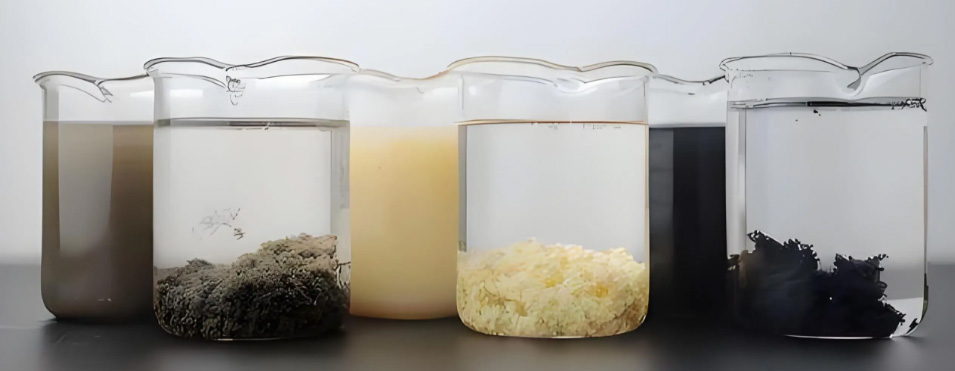In the vast field of water management, ensuring clean and safe water is paramount. One of the most effective methods for achieving this clarity is through the use of flocculants. These specialized chemicals play a critical role by promoting the aggregation of suspended particles, making them easier to remove. Pool Flocculants are broadly categorized into two primary groups based on their chemical composition and properties: inorganic flocculants and organic flocculants. Let's delve into these categories and explore some cutting-edge developments in flocculant technology.

Inorganic flocculants are widely recognized for their robust performance and cost-effectiveness. They typically include various salts of aluminum and iron, alongside more complex composite formulations.
Aluminum Salt Flocculants: Common examples include aluminum sulfate and alum. These are highly favored in both industrial wastewater and domestic sewage treatment due to their high efficiency, strong adaptability to varying water conditions, and economical cost.
Iron Salt Flocculants: This category features compounds like ferrous sulfate and polyferric sulfate. They are particularly effective in coagulation and show strong adaptability to water sources that are cold or have low turbidity.
Composite Inorganic Flocculants: Products such as polyaluminum ferric chloride are advanced formulations that combine the beneficial characteristics of both aluminum and iron salts. This synergistic approach results in a wider application range and superior coagulation performance.
Organic flocculants encompass a diverse range of compounds, primarily divided into natural and synthetic high-molecular-weight polymers.
Natural Organic Polymer Flocculants: Derived from natural sources, these include substances like starch and chitosan. While they offer advantages in terms of wide availability and lower cost, their coagulation efficacy is generally less potent compared to their synthetic counterparts.
Synthetic Organic Polymer Flocculants: This group features highly effective compounds such as polyacrylamide and polyvinyl alcohol. They are celebrated for their excellent coagulation effects, requiring minimal dosage, and possessing strong adaptability across different water types. However, their production costs tend to be higher.
Beyond these established categories, the field of water treatment is constantly evolving with the emergence of novel flocculants.
Researchers and innovators are continually developing new solutions, including exciting advancements in bioflocculants and nanoflocculants.
These next-generation flocculants promise enhanced efficiency, greater environmental compatibility, and simplified operational procedures. They are poised to play an even more significant role in shaping the future of sustainable water treatme
Contact: Tony Li
Phone: +86-13263299644
Tel: +86-13263299644
Email: sales@ecoviaet.com
Add: No 3 Youyi Road,Tangshan,Huantai,Zibo,China
We chat
